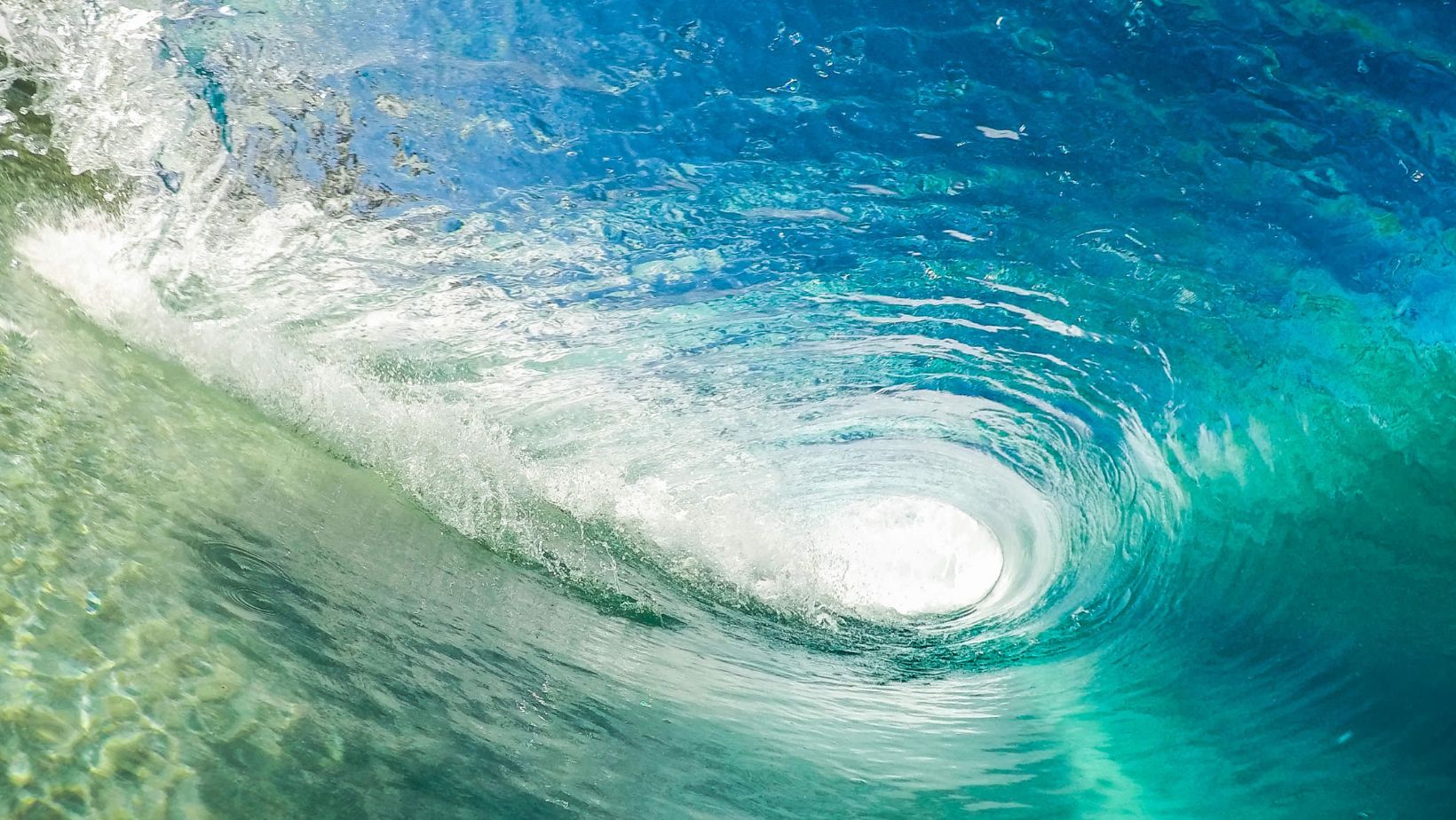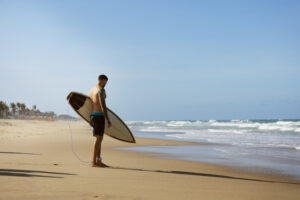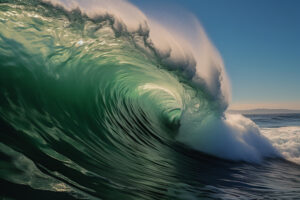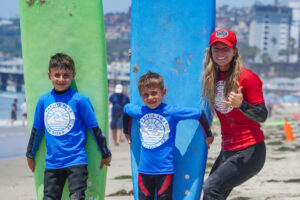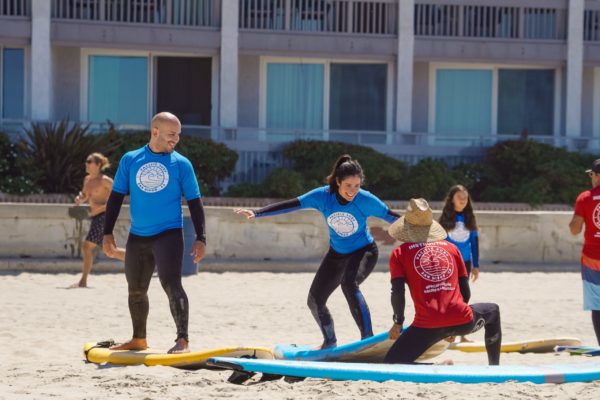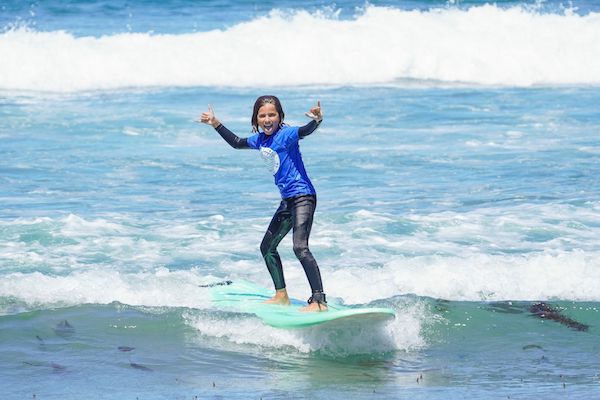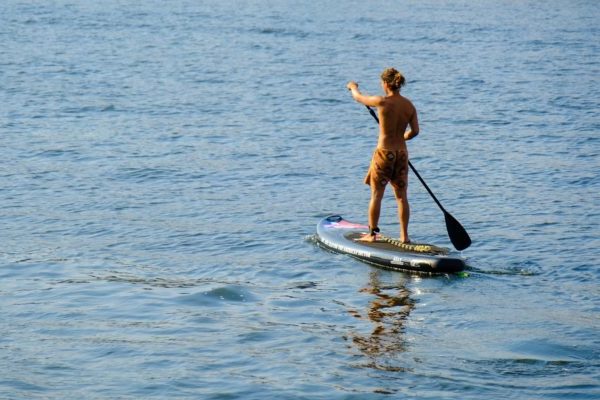As surfers, we are constantly in pursuit of those epic waves that make our hearts race and adrenaline pump. But have you ever stopped to think about the intricate science behind these waves and how factors like wave formation and ocean dynamics come together to create the perfect surf conditions? In this article, we’ll take a deep dive into the fascinating world of surf science and explore how wind, ocean depth, coastline shape, and other factors contribute to the swells that capture our imaginations and keep us coming back for more. So, wax up your board and let’s embark on this journey of discovery together!
Surfing is not just a sport; it’s a lifestyle, an art form, and a deep connection with the ocean’s natural energy. But beneath the surface of this seemingly simple act of riding waves lies a complex and fascinating web of scientific principles at play. Understanding these principles can enhance your appreciation for the sport and help you become a better, more knowledgeable surfer.
To kick off our exploration of the science of surfing, let’s start by breaking down the basics of wave formation. At its core, wave formation is a dynamic process driven by the interaction between wind and water. As wind blows across the ocean’s surface, it generates friction, which in turn creates ripples that eventually grow into waves. The strength, duration, and fetch (the distance over which the wind blows) of the wind all play a crucial role in determining the size and power of the resulting waves.
But that’s just the tip of the iceberg when it comes to the factors influencing the waves we ride. Ocean dynamics, including tides, currents, and swells, also have a significant impact on surf conditions. Tides, driven by the gravitational pull of the moon and sun, cause the ocean’s surface to rise and fall, while currents, the continuous movement of seawater, can be generated by a variety of factors such as temperature, salinity, and wind. Swells, on the other hand, are the result of waves traveling vast distances across the ocean, becoming more organized along the way and eventually reaching the shoreline, where they transform into the breaking waves surfers crave.
In addition, the perfect wave is heavily influenced by factors such as swell direction, bathymetry (the shape of the ocean floor), and the coastline’s shape. As swells approach the shoreline, they interact with the ocean floor’s contours and the coastline, causing the waves to bend, refract, and break in different ways. This interaction creates the diverse range of surf breaks we know and love, from hollow barrels to long, peeling point breaks.
In this article, we’ll delve deeper into these factors and their impact on your surfing experience at Mission Beach Surfing School. We’ll also discuss tips and tricks for scoring the best waves and how understanding the science of surfing can improve your skills in the water. So, whether you’re a seasoned pro or a beginner just dipping your toes into the world of surfing, get ready to expand your horizons and gain a newfound appreciation for the incredible natural phenomenon that is the perfect wave.
As surfers, we are always chasing that perfect wave. Have you ever wondered about the science behind surfing and how wave formation and ocean dynamics create those epic swells? In this article, we’ll explore the fascinating world of wave generation, ocean dynamics, and how these factors affect your surfing experience at Mission Beach Surfing School. So, grab your board and let’s dive in!
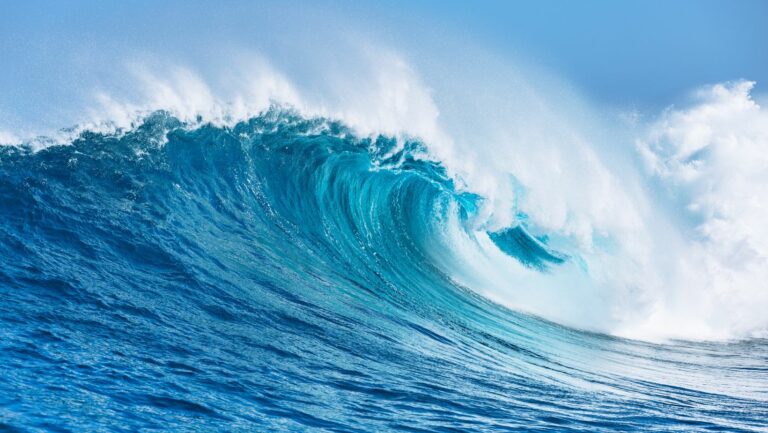
Wave Formation: The Building Blocks of Surfing
Wave formation is a complex process that involves several factors, including wind, ocean depth, and the coastline’s shape. When the wind blows across the ocean’s surface, it creates friction, resulting in ripples or waves. The stronger the wind and the longer it blows over a large area, the bigger the waves will be.
The size of a wave depends on three main factors: wind speed, the distance it travels (also known as fetch), and the duration of the wind. As waves move away from the wind source, they become more organized, forming what we know as swells. These swells travel vast distances across the ocean until they reach the shoreline, where they transform into the breaking waves that surfers crave.
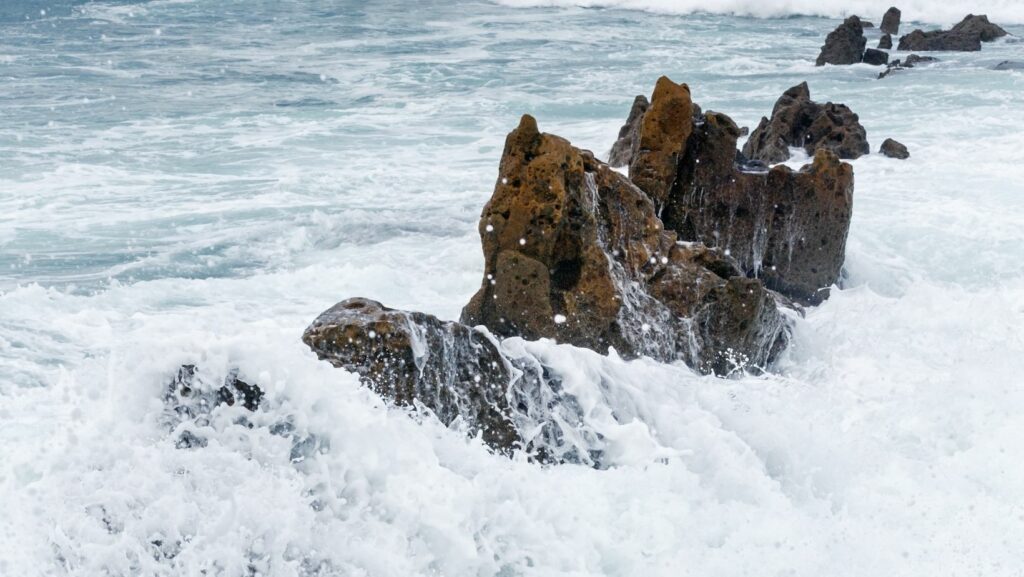
Ocean Dynamics: Understanding Tides, Currents, and Swells
Surfing conditions are heavily influenced by ocean dynamics, including tides, currents, and swells. Let's take a closer look at each of these factors and their impact on surfing.
1. Tides
The rise and fall of the ocean’s surface due to the gravitational pull of the moon and the sun create tides. Tides can significantly affect wave quality and break conditions. Some surf spots work best during high tide, while others are better during low tide. Understanding how tides influence your favorite surf breaks is crucial for scoring the best waves.
2. Currents
Ocean currents are the continuous movement of seawater in a specific direction. They can be caused by factors such as temperature differences, salinity, and wind. In the surfing world, currents can either be your best friend or your worst enemy. For instance, a strong rip current can make it challenging to paddle out, while a favorable current can help you catch waves more easily.
3. Swells
As mentioned earlier, swells are the result of waves traveling across the ocean. When a swell reaches the coastline, it interacts with the seafloor and shoreline, causing the wave to change shape and break. The direction, period (time between waves), and size of the swell determine the quality of the surf.
The Perfect Wave: Swell Direction, Bathymetry, and Coastline
The perfect wave depends on several factors, including swell direction, bathymetry (ocean floor shape), and coastline. Swell direction plays a crucial role in determining which surf spots will have the best waves. For example, a south swell may light up your favorite reef break, while a west swell may be better for the beach break down the coast.
Bathymetry and the coastline also play a significant role in wave formation. As swells approach the shore, they interact with the ocean floor’s contours, such as underwater canyons, reefs, and sandbars. These interactions cause the waves to bend, refract, and break in various ways, creating the diverse range of surf breaks we enjoy.
Understanding the Science of Surfing: Tips for Scoring the Best Waves
Now that you have a better understanding of the science behind surfing, here are some tips to help you score the best waves at Mission Beach:
1. Check surf forecasts:
Websites like Surfline and Magicseaweed provide up-to-date surf forecasts, including swell direction, size, and period. Use this information to determine which surf spots will have the best conditions.
2. Know your local breaks:
Familiarize yourself with your favorite surf spots and learn how different swell directions, tides, and winds affect wave quality.
3. Be Patient:
Sometimes, the best waves come to those who wait. If the conditions aren’t ideal, be patient and wait for the right swell or tide to roll in.
4. Experiment with different breaks:
Don’t be afraid to explore new surf spots. Each break has its unique characteristics, and you might find a hidden gem that becomes your new favorite go-to spot.
Ready to put your newfound knowledge of the science of surfing to the test? Pacific Surf School offers top-notch surf lessons at Mission Beach Surfing School, where experienced instructors will teach you everything you need to know to catch the best waves. Whether you’re a beginner or an advanced surfer looking to fine-tune your skills, Pacific Surf School has a lesson tailored for you. Don’t miss out on the opportunity to ride the perfect wave – book a lesson with us today!

